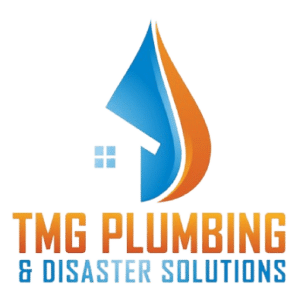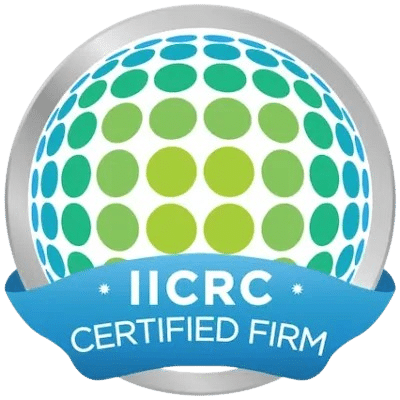Speak Like a Pro: Defining Mold Remediation Terminology
WHY CHOOSE US?
We are a 24/7 Water and Mold Damage Emergency Response Team.
At TMG Plumbing and Disaster Solutions, we believe that in your moments of crisis, you deserve a hero, not just a handyman. Our mission is to provide unparalleled professional contracting services from start to finish, ensuring that every client receives the expert, compassionate care they need during hard times. We specialize in not just plumbing solutions but also in restoring normalcy in the aftermath of fire, water, and mold damage. Our dedicated team of skilled professionals is committed to excellence, working tirelessly to deliver efficient, high-quality solutions. At TMG, we’re more than contractors; we’re your steadfast partners in overcoming challenges and restoring comfort and safety to your home or business
Immediate Response: When an emergency strikes, our dedicated team is ready to respond with urgency and precision. From when you discover a leak or damage, TMG is just a call away, 24/7.
Expert Diagnosis: Our experienced technicians don’t just fix the problem; they delve into the cause, utilizing state-of-the-art diagnostic tools to prevent future incidents. Our comprehensive plumbing services ensure that the source of water damage is identified and rectified.
Efficient Mitigation: Water or fire damage can be devastating, but our mitigation team quickly minimizes the impact. We employ advanced drying technology, mold remediation techniques, and smoke damage cleanup to stabilize your property swiftly and effectively.
Seamless Rebuild: The journey from damage to restoration is smooth with TMG Plumbing & Disaster Solutions. Our rebuild team doesn’t just repair; they restore your property to its pre-damage condition—or better. From flooring and drywall to paint and fixtures, we handle every detail of the reconstruction process
One Point of Contact: Throughout the entire process, you will have a single point of contact at TMG Plumbing & Disaster Solutions. This means less hassle, clear communication, and a personalized service experience. You’re not being handed off from one contractor to another; we’re with you every step of the way.
Quality and Craftsmanship: Our commitment to quality is unwavering. We use only the best materials and adhere to the highest standards of craftsmanship. Your property is not just restored, it’s enhanced.
Customer-Centric Approach: We believe in putting you first. Your safety, comfort, and satisfaction drive us to deliver exceptional service. We navigate insurance claims, offer transparent pricing, and provide professional advice.
Final Walk-Through: Upon completion, we conduct a detailed walk-through with you to ensure every aspect of the job meets your expectations. Our job isn’t done until you’re completely satisfied.
CALL TOLL FREE
QUICK LINKS
SERVICES
100% SATISFACTION
GUARANTEED
FRIENDLY
TECHNICIANS
LOCALLY OWNED &
OPERATED
24/7
Support
Plumber Near Me, Sump Pump Repair Near Me, Frozen Pipe Repair Near Me, Water Removal Near Me, Water Removal From Basement Near Me
©2024 TMG Plumbing & Disaster Solutions | All Rights Reserved | Privacy Policy | Website Designed by Stratedia




